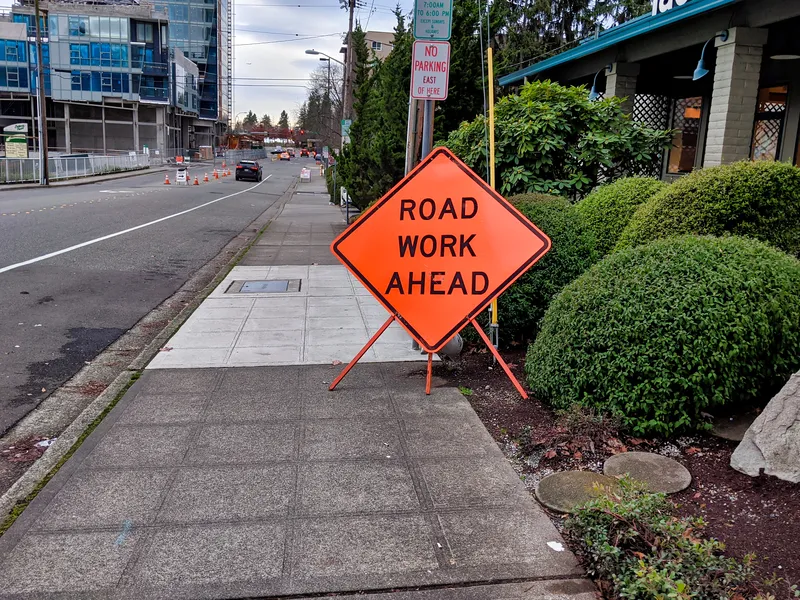HNTB Corporation has been selected by the Pennsylvania Turnpike Commission to serve as programme manager to lead the potential implementation of a cashless, all-electronic toll (AET) collection system. The implementation of the new programme across the entire 885km (550 mile) Pennsylvania Turnpike system, which includes more than 70 toll plazas serving more than 186.5 million vehicles and generating more than US$700 million annually, is said to be the largest and most ambitious AET conversion in North Ameri
July 26, 2012
Read time: 2 mins
HNTB has been selected by the 774 Pennsylvania Turnpike Commission to serve as programme manager to lead the potential implementation of a cashless, all-electronic toll (AET) collection system. The implementation of the new programme across the entire 885km (550 mile) Pennsylvania Turnpike system, which includes more than 70 toll plazas serving more than 186.5 million vehicles and generating more than US$700 million annually, is said to be the largest and most ambitious AET conversion in North America to date.
“AET collection has emerged as much more than a trend in the tolling industry worldwide, and a number of American tolling agencies have gone cashless in recent years,” said Roger Nutt, Pennsylvania Turnpike Commission CEO. “But certainly, the Pennsylvania Turnpike is the largest toll system in the US to begin to implement such a system.”
HNTB will be responsible for all aspects of the commission’s migration to AET, including overall programme management and controls, toll system development and integration, business rules development, design review services, construction management services, legal and legislative coordination, financial planning, labour relations and public education and outreach services.
HNTB says it is the No. 1 consultant to toll authorities in the US and serves as general engineering consultant to more tolling agencies than any other firm. In Pennsylvania HNTB has provided transportation, bridge and rail services since the 1960s. Statewide, the company employs around 107 professionals from offices in Philadelphia, Harrisburg, Norristown, Pittsburgh and King of Prussia; the AET project will be managed from the firm’s Harrisburg office.
“AET collection has emerged as much more than a trend in the tolling industry worldwide, and a number of American tolling agencies have gone cashless in recent years,” said Roger Nutt, Pennsylvania Turnpike Commission CEO. “But certainly, the Pennsylvania Turnpike is the largest toll system in the US to begin to implement such a system.”
HNTB will be responsible for all aspects of the commission’s migration to AET, including overall programme management and controls, toll system development and integration, business rules development, design review services, construction management services, legal and legislative coordination, financial planning, labour relations and public education and outreach services.
HNTB says it is the No. 1 consultant to toll authorities in the US and serves as general engineering consultant to more tolling agencies than any other firm. In Pennsylvania HNTB has provided transportation, bridge and rail services since the 1960s. Statewide, the company employs around 107 professionals from offices in Philadelphia, Harrisburg, Norristown, Pittsburgh and King of Prussia; the AET project will be managed from the firm’s Harrisburg office.








